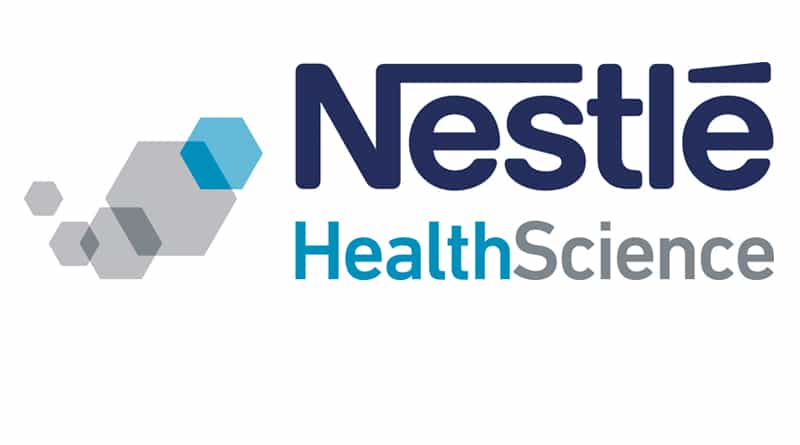Share your coffee stories with us by writing to info@comunicaffe.com.
VEVEY, Switzerland – Nestlé and the Friedman School of Nutrition Science and Policy at Tufts University have collaborated to launch the Global Nutrition and Health Atlas (GNHA), a new online platform that consolidates and provides free access to global nutrition and health data for over 190 countries.
The platform is a user-friendly, publicly available resource that was developed to help facilitate the easy sharing of nutrition and health data.
It supports a wide array of stakeholders, including researchers, health practitioners, policymakers, as well as advocates for healthy nutrition. All of these groups need to easily access reliable nutrition and health information for research purposes or evidence-based decision-making on the global, regional, and local levels.
Powered by the Friedman School and Nestlé Research in Lausanne, the Global Nutrition and Health Atlas includes data from established sources including international agencies, NGOs, academic institutes, and peer reviewed studies.
The data is divided into six key dimensions: demographics, dietary intakes, nutritional status, health status, health economics, and food sustainability. Users can easily navigate, analyze, and visualize different metrics along these six dimensions. Researchers from the Friedman School manage the platform.
Eline Van Der Beek, Head of Nestlé Institute of Health Sciences, says, “At Nestlé, in addition to our research partnerships, we draw on public health data to develop science-based nutritional concepts for people across life stages around the world. This platform makes it easy for Nestlé scientists, as well as academic researchers and other external stakeholders, to access reliable data in a quick, interactive and user-friendly way.”
Elena Naumova, Chair of the Division of Nutrition Data Science at the Friedman School, says, “The Global Nutrition and Health Atlas is a place to drive innovation, for people to collaborate. A common challenge with dashboards is they might show nice charts but are not easily used. Many data platforms are restrictive, isolated, or stagnant. But with the Atlas you can merge information from multiple sources to pull data from different demographics, locations, and years and get tips on how to use it. This unique usability supports the wide array of health and nutrition needs around the world.”
Access the Global Nutrition and Health Atlas















